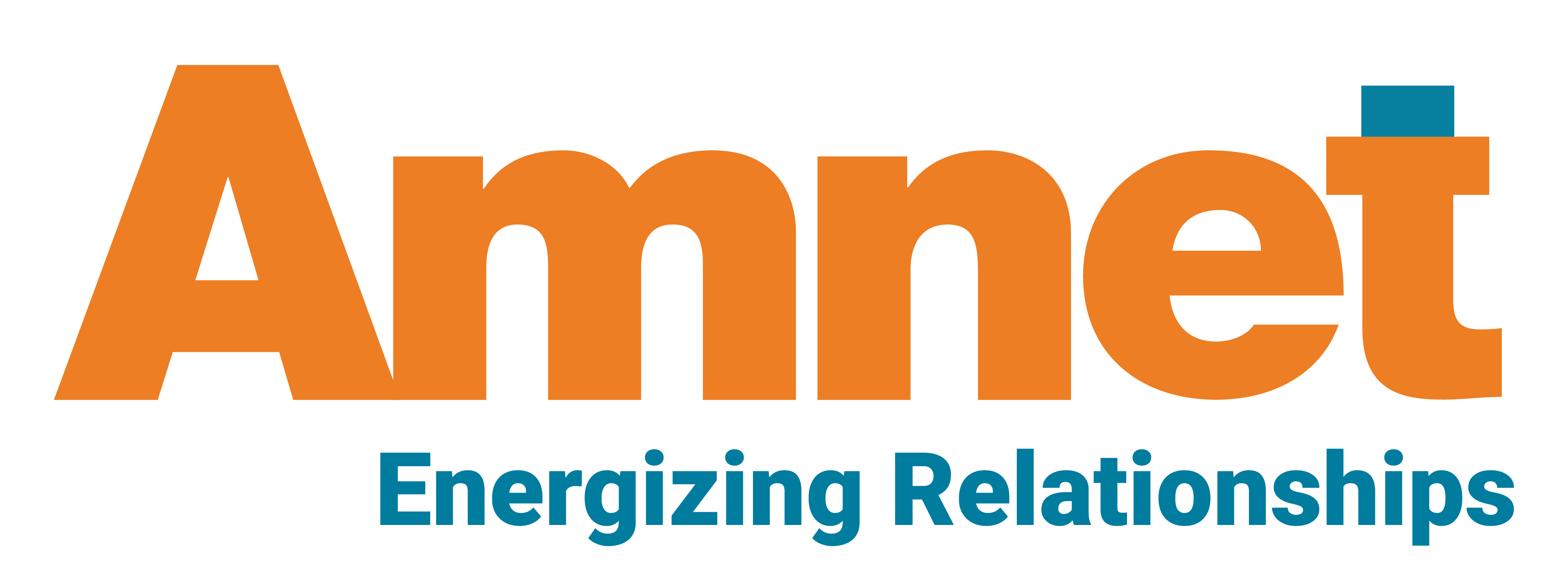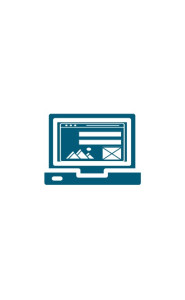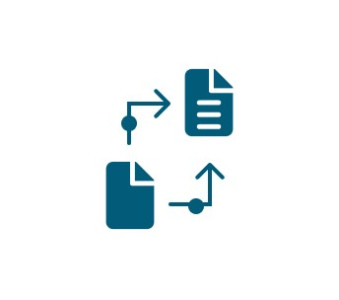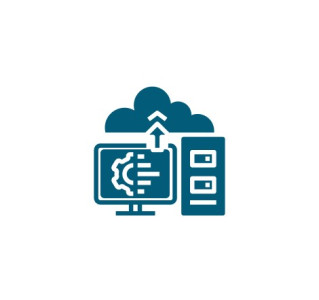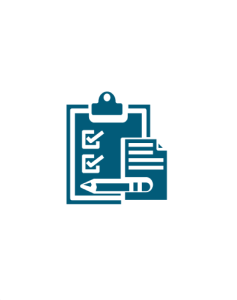The first post in this series described the genesis of Thema and its basic structure of category codes, qualifiers and extensions. This second post explores the relevance of Thema to exports and international sales.
Many US based publishers make their titles available in multiple markets, and international sales can be a significant revenue stream. Yet how do you make sure that the title for which you spent time and effort choosing just the right BISAC codes will also be put in the categories you feel are the most appropriate in the UK, Mexico, India, Australia, Japan, Germany or Brazil? This is where a global standard is vital. Using an international subject category scheme – in this case Thema – alongside the domestic one – in this case BISAC – greatly increases consistency and control, helps increase discoverability and, in turn should boost your sales.
Thema, from its inception, always aimed to be multi-lingual, multi-cultural, commercially focused and internationally relevant subject code scheme for the global book trade. It has been created by a diverse group of organisations from around the world and is based on their experience with their own national schemes and their work in the global market.
Thema is increasingly being adopted and used in many countries around the world. To illustrate the reach of Thema across languages and national borders, at the last count there have been contributions to Thema from organisations in over 50 different countries and there are 21 publicly available translations which you can see on the Thema browser – https://ns.editeur.org/thema/en.
There is increasing use of Thema in, for example, much of the Latin American market, with proactive support from the ISBN agencies in many countries in the region and a newly formed interest group for the book trade in Brazil. In Europe there are countries where the book trade uses only Thema, while other countries are going through a more-or-less managed transition from older national schemes (for example in the UK, Germany, Spain and Italy) and a couple, like France, which are using their national subject scheme for domestic consumption and Thema for international trade. In Japan there is a project mapping existing schemes to and from Thema, The new Japanese translation of Thema illustrates the expected way forward. In India there is a growing awareness of Thema across the big online retail platforms, especially for imported titles and Indian-published titles made available for sale outside India.
International vendors are keenly interested in using Thema. As an example, Amazon EU (that is UK, Germany, Spain, France and Italy) has publicly stated that Thema is its preferred subject scheme and is mapped directly to its own internal browse tree. BISAC codes still remain the main option for Amazon’s US and Canadian store fronts.
In the US market, BISAC codes remain vitally important for the domestic book trade. The scheme was conceived for the US book market and reflects what is needed to sell books in the United States. However, BISAC is not designed for international trade, even if many of the concepts are indeed international. Any US publisher, distributor or aggregator that trades internationally, or any US-based retailer who sells internationally or imports titles from other countries should be looking at Thema as well, rather than relying on BISAC exclusively.
Ideally whenever somebody chooses BISAC codes to assign, they should also choose Thema codes as well. There are mappings in both directions between BISAC and Thema, which can be a good, perhaps even automatic, way to get initial codes added to your backlist titles. But as the schemes are different in structure, there is always going to be a loss of precision when mapping, so this should not be a permanent solution.
Once initial mapping of the backlist is done, then key titles and bestsellers should get their mapped Thema codes gradually revised and updated ‘by hand’ as appropriate to optimise their effect on discoverability and sales (and it might also be a good opportunity to review the BISAC codes too). New titles should have codes from both BISAC and Thema added by those who know the content of the publication.
If you are a US-based publisher exporting your books and metadata to partner distributors or retailers around the globe, you will want to make sure that the subject codes you choose remain as consistent as possible. As for all the metadata, it’s important that there is single authoritative source for classification. If you rely on somebody else mapping your BISAC to a Thema code and then possibly to a retailer’s own internal subject scheme, then you lose some control of that data, and you may find that your title drifts across subjects into different categories in different markets. For example, a book originally classed as a fantasy novel aimed at 12 year olds in the USA, could get classified as a Young Adult novel by the UK distributor, and this might then get interpreted as being a contemporary novel for adults in Italy and Japan. Fewer mappings means more direct control of how your products are presented and perceived.
Thema, like ONIX for Books, is maintained by EDItEUR, and the ongoing development of the scheme is subject to the same governance process as ONIX. There are national and regional Thema stakeholder groups – the USA has a group that is part of BISG’s Subject codes committee – who meet and discuss the use and needs in their markets. The national groups feed their views back to EDItEUR and all groups are represented on the Thema International Steering Committee (TISC). The TISC meets twice a year at the London and Frankfurt Book fairs, and it is this committee that must agree any updates to the scheme or changes to policy – EDItEUR manages the scheme, but control lies with the TISC as representatives of the industry. This structure ensures that all changes are broadly agreed and are a reflection of real needs across the global book supply chain.
Thema is young, certainly compared with BISAC, and currently at version 1.3. The intent is to release updates every two years, and the work has started on the next version, 1.4, which is targeted for release in spring 2020. Newer versions of Thema remain fully backward compatible as codes are never deleted or significantly altered in meaning. This means anyone receiving metadata including a Thema code from a newer version than they have implemented, can always go back one or (on occasion) two levels in the hierarchy to find a meaningful – and still useful though inevitably less detailed – code from a previous version. The code FBAN – Street Fiction – was added for version 1.3, but a data receiver still using version 1.2 would still be able to strip a letter from the code and classify this in FBA – Modern & Contemporary fiction.
One of the key features of Thema is its qualifiers. These supplement the hierarchy of subject codes – qualifiers cannot be used alone – and they help provide those extra details, context or nuance beyond the main subject. Qualifiers can pick out locations, time periods, educational curricula or exams, even artistic styles. And within those qualifiers, there are ‘national extensions’ which give the ‘be global, feel local’ aspect to the scheme. These are also important on the global market. The US group has added its own extension qualifiers, but there is no restriction on who can use them. Many of these ‘local’ codes are important to promote US titles on the global market. These range from the educational qualifier that identifies a title as being specifically for the GMAT – 4Z-US-D – a test that is taken by students around the world, to the code 5PB-US-C indicating that a title’s topic relates to African American peoples, which allows retailers to flag these titles to interested customers wherever they are.
Next time, the final post in this series on Thema looks at real-world examples of how Thema can enhance discovery and provide the prospective reader with detail beyond simple subject codes to convert discovery into sales.
Disclaimer:
This is to inform readers that the views, thoughts, and opinions expressed in the article belong solely to the author, and do not reflect the views of Amnet.
Copyright © 2023 Amnet. All rights reserved. No part of this publication may be reproduced, distributed, or transmitted in any form or by any means, including photocopying, recording, or other electronic or mechanical methods, without the prior written permission of the publisher, except in the case of brief quotations embodied in critical reviews and certain other non-commercial uses permitted by copyright law. For permission requests, write to [email protected].

